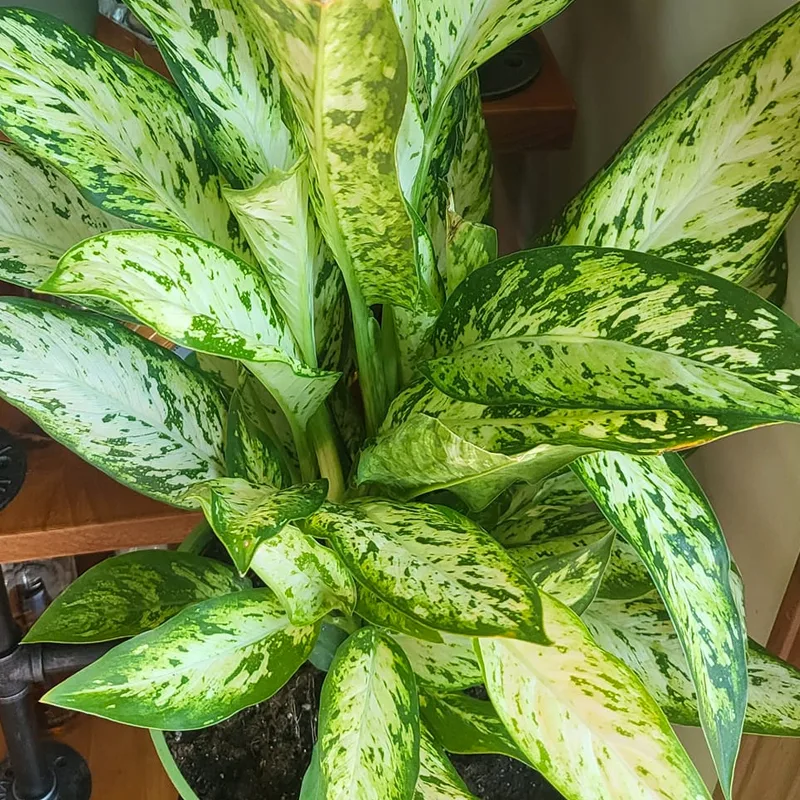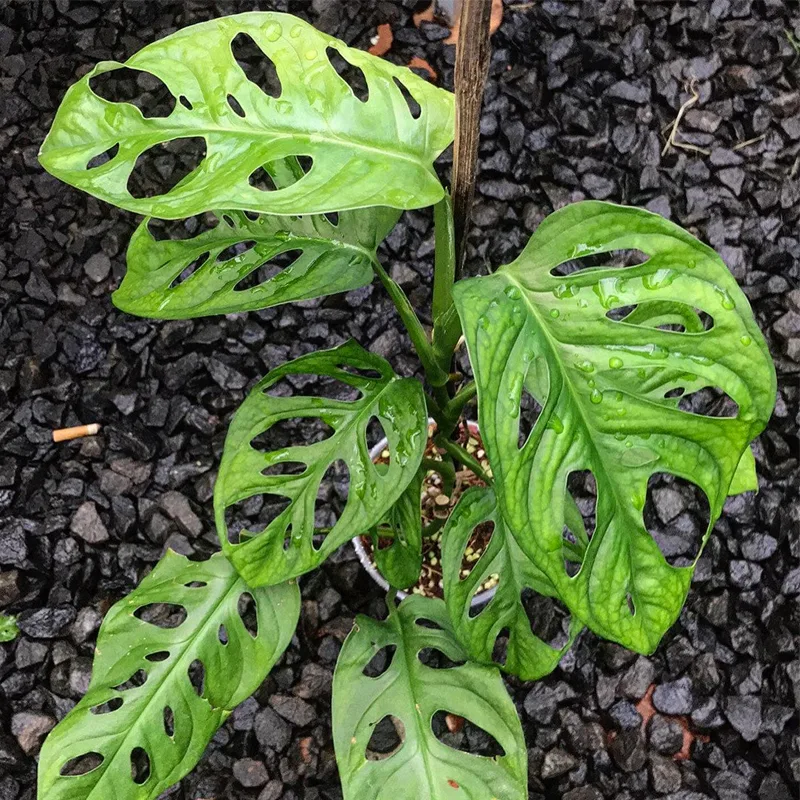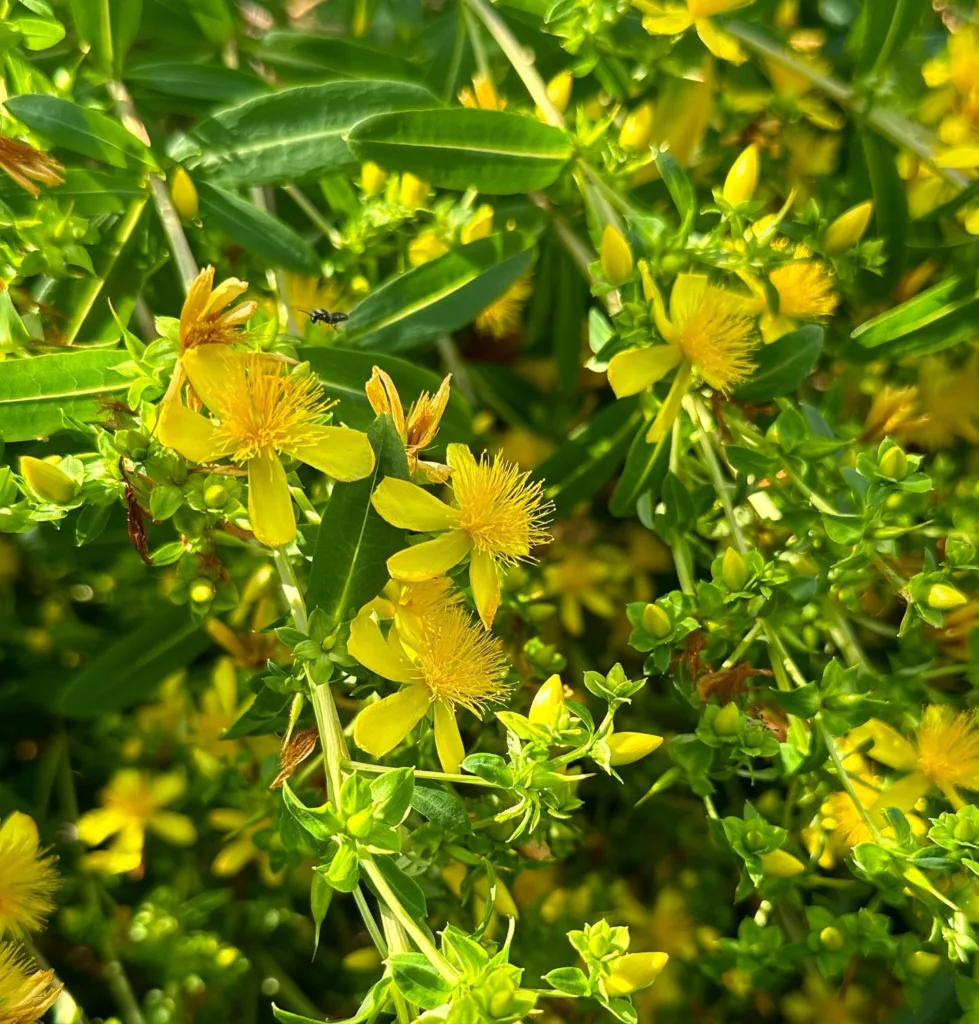
The Enchanting Giant Granadilla: My Adventures with Passiflora Quadrangularis
For years, my balcony has been a canvas for exotic plants, a testament to my love for the unusual and the fruitful. But nothing quite prepared me for the captivating Passiflora quadrangularis, also known as the giant granadilla. This vigorous climber, boasting vibrantly colored flowers and outsized fruit, has become the star of my urban jungle.
The allure of the giant granadilla goes beyond its captivating appearance. The juicy, tangy fruits are a delightful reward for any patient gardener. But before you rush out and buy a seed, there’s a bit to learn about cultivating this tropical wonder.
595 Species in Genus Passiflora
What is Passiflora Quadrangularis?
Passiflora quadrangularis, with its name derived from the Latin for “four-angled passionflower,” is a true giant in the passionflower family. Native to the balmy regions of the Neotropics, it thrives in warm, humid climates. This evergreen climber boasts stunning, fragrant flowers with a unique, crown-like structure. But the true showstopper is the fruit – a massive, oblong orb that can reach up to 12 inches in length! The flesh, while not as intensely flavored as its smaller passion fruit cousins, offers a refreshingly sweet and tangy taste.
How to Grow Passiflora Quadrangularis?
Cultivating Passiflora quadrangularis requires a bit of planning and dedication, but the rewards are well worth the effort. Here’s what I’ve learned:
- Sun and Warmth: Mimic the plant’s native habitat by providing a location with ample sunlight, at least 6-8 hours a day. This tropical beauty thrives in warm temperatures, ideally between 65-85°F (18-29°C). If you live in a cooler climate, consider growing it in a greenhouse or sunroom.
- The Right Pot: Given its vigorous growth habit, choose a large pot with good drainage. I opted for a container at least 18 inches in diameter to accommodate the plant’s expansive root system.
- Soil Matters: A well-draining potting mix is crucial. A combination of potting soil, perlite, and compost creates the perfect balance of moisture retention and drainage.
- Support System: Passiflora quadrangularis is a born climber. Provide a sturdy trellis, fence, or other structure for it to clamber upon. As the vine grows, gently train the tendrils to wrap around the support.
How to Care for Passiflora Quadrangularis?
Once established, caring for your giant granadilla is relatively simple.
- Watering: Water regularly, keeping the soil consistently moist but not soggy. During hot weather, you may need to water more frequently. Allow the top inch of soil to dry slightly between waterings.
- Feeding: Feed your Passiflora quadrangularis a balanced fertilizer once a month during the growing season. A diluted liquid fertilizer specifically formulated for flowering plants works well.
- Pruning: Regular pruning encourages bushier growth and promotes fruit production. Prune lightly throughout the growing season, removing any dead, diseased, or unproductive branches. After fruiting, you can give the plant a more significant haircut to maintain its size and shape.
How to Propagate Passiflora Quadrangularis?
Sharing the joy of Passiflora quadrangularis is easy. This plant propagates readily through stem cuttings. Here’s my method:
- Select a healthy stem with a few nodes.
- Cut a 6-8 inch section below a node.
- Remove the lower leaves, leaving a couple of nodes exposed.
- Dip the cut end in rooting hormone (optional but helpful).
- Plant the cutting in a pot filled with a well-draining potting mix.
- Water thoroughly and keep the soil moist but not soggy.
- Place the pot in a warm, brightly lit location, but out of direct sunlight.
- With proper care, roots should develop within a few weeks.
Patience is Key
Be prepared for a wait. Passiflora quadrangularis can take 2-3 years to reach maturity and produce fruit. However, the beautiful flowers and lush foliage make it a worthwhile addition to any garden, even before it starts bearing fruit.
A Final Note
The giant granadilla has become a cherished resident of my balcony. Its captivating beauty and the promise of exotic fruit make it a conversation starter and a source of endless fascination. With a little TLC, you too can cultivate this tropical wonder and enjoy its unique charm.
If i die, water my plants!



